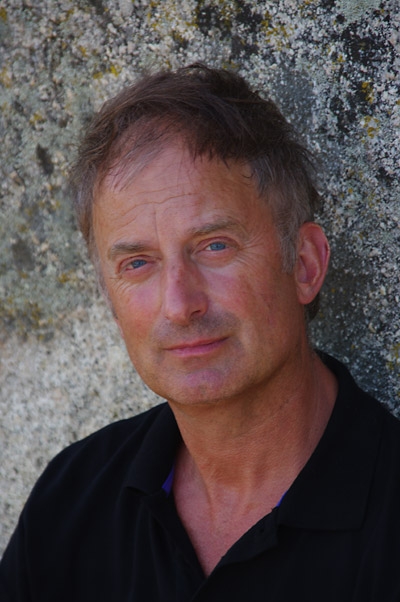Leiden archaeologist Wil Roebroeks appointed Academy Professor
Wil Roebroeks, Professor of Palaeolithic Archaeology in Leiden, is to be awarded the ‘Academy Professors Prize’ of the Royal Netherlands Academy of Sciences (KNAW). Roebroeks has drastically changed academic thinking about the behaviour of early hominins and our knowledge of the earliest colonisation of Europe and Asia.

The big questions
Colonisation of Europe
Roebroeks’ field of expertise is the earliest patterns of habitation of Europe. He has played an important role in developing our knowledge about how Europe and Asia became populated by consecutive groups of hominins. Together with his colleagues, he has also shown that Neanderthals and other early hominins in many respects differ less from modern man than was previously thought. This applies, for example, to their hunting capabilities, aspects of their mobility and the use of tools, and their ability to adapt to a broad spectrum of different environments.
Two-way traffic between Africa and Asia?
In an influential article in Nature in 2005, Roebroeks and Robin Dennell (Sheffield, UK), questioned the then generally accepted theory that the colonisation of regions outside Africa could be traced back to groups of early hominins (Homo ergaster) that left Africa starting from 1.8 million years ago. Roebroeks and Dennell provided an alternative theory, namely that ‘Out of Africa’ migrations had in all probability taken place much earlier. It was even likely that there had been two-way traffic between Africa and Asia. Recent finds have supported this hypothesis, including the discovery of Dmanisi man in Georgia. In 2009, Roebroeks was successful in bringing the Dmanisi skull to Leiden for an exhibition in Naturalis. Some researchers believe that the finding of the small ‘Hobbit’ man of the Flores island also fits within this hypothesis.
Fire came later
Together with his American colleague Paola Villa, in 2011 Roebroeks published a much-discussed (PNAS) study of the earliest use of fire. They hypothesised that the colonisation of Europe probably took place from around 1.2 million years ago, and that the hominins in question were at the time unable to make fire. In other words: hominins may well have been present in Europe hundreds of thousands of years in extremely cold winters, before the use of fire became part of their technological repertoire. The hominins in Europe who systematically used fire (300,000 – 400,000 years ago) were early Neanderthals, who were skilled at using fire for making tools.
Collaboration between different fields of science
What is the next step? Roebroeks: ‘The future of archaeology lies in integrating our findings, and testing these findings against the results from other disciplines. As an example, how strong is the archaeological model that suggests that the use of fire is a relatively recent phenomenon dating back just a few hundreds of thousands of years? Archaeological data are always incomplete. You are dependent on what has stood the test of time; and the fires of hunter-gatherers disappear all too easily. But could there be traces of early use of fire in our genetic material? This question is high on our research agenda. Part of the KNAW prize will go towards researching this. From a health perspective, it is an interesting question whether we used fire several million years ago, for example to prepare food. Or whether this is a much more recent phenomenon, to which we have still not yet fully adapted...’
The Prize
The Academy Professors Prize is awarded by the Netherlands Academy for Sciences (KNAW) each year to two professors who have made a unique contribution to the development of their field. Each Prize carries an award of one million euros for new research. The Prize will be presented on 27 June.
KNAW Academy Professors Prize
Roebroeks is a member of the KNAW and has received a number of prestigious scientific prizes, including the Spinoza Prize (2007), the highest scientific prize awarded in the Netherlands.
